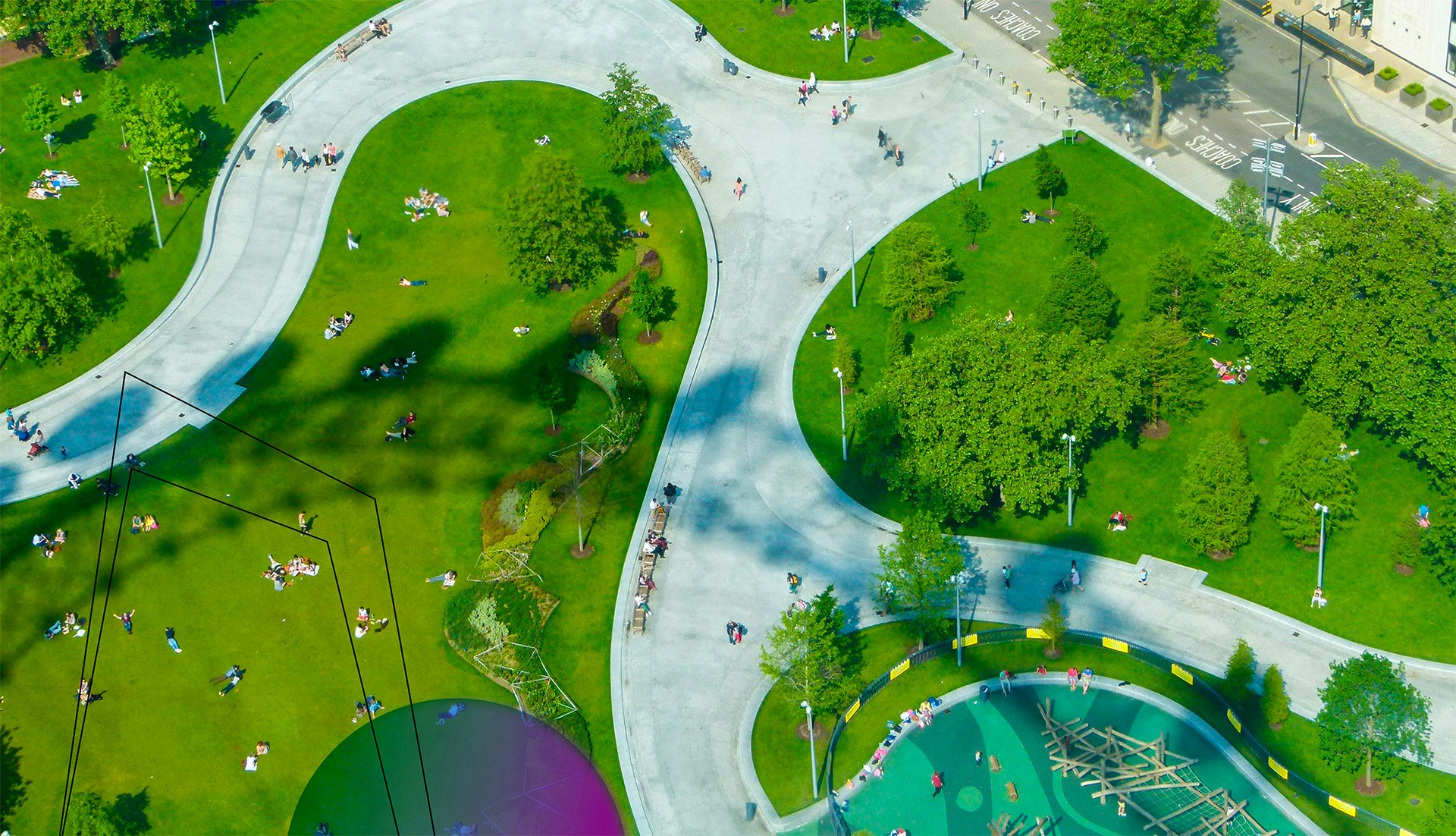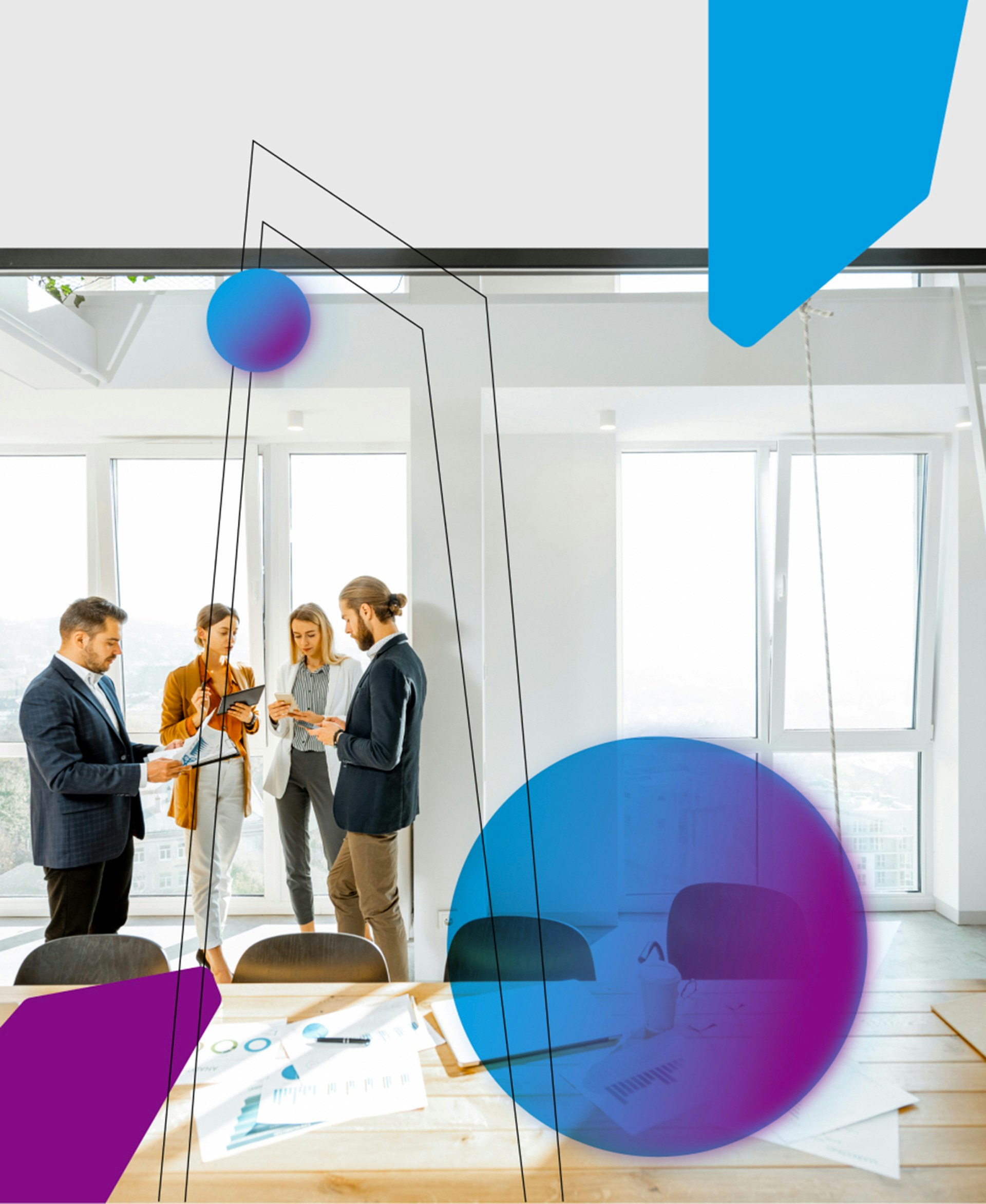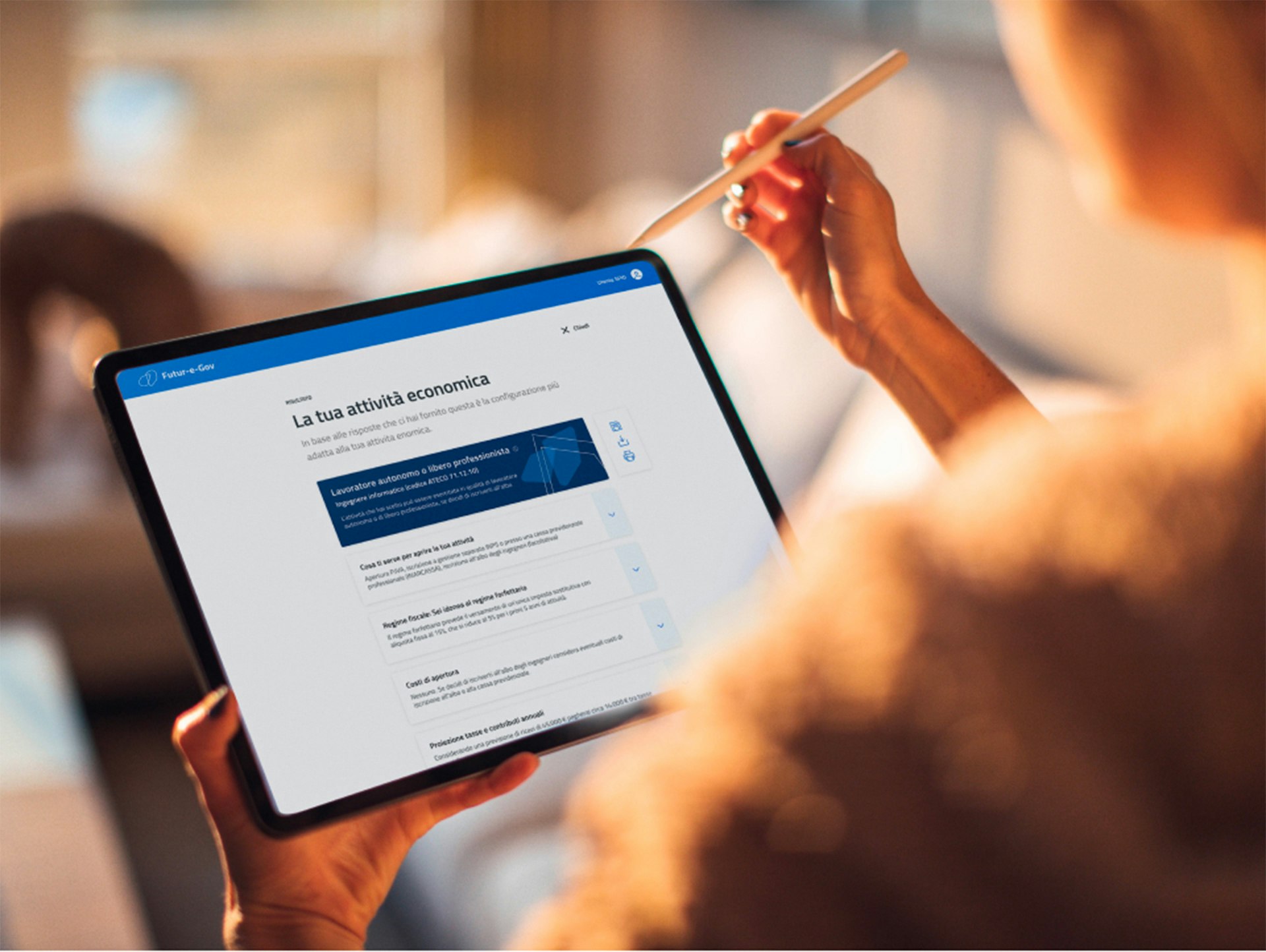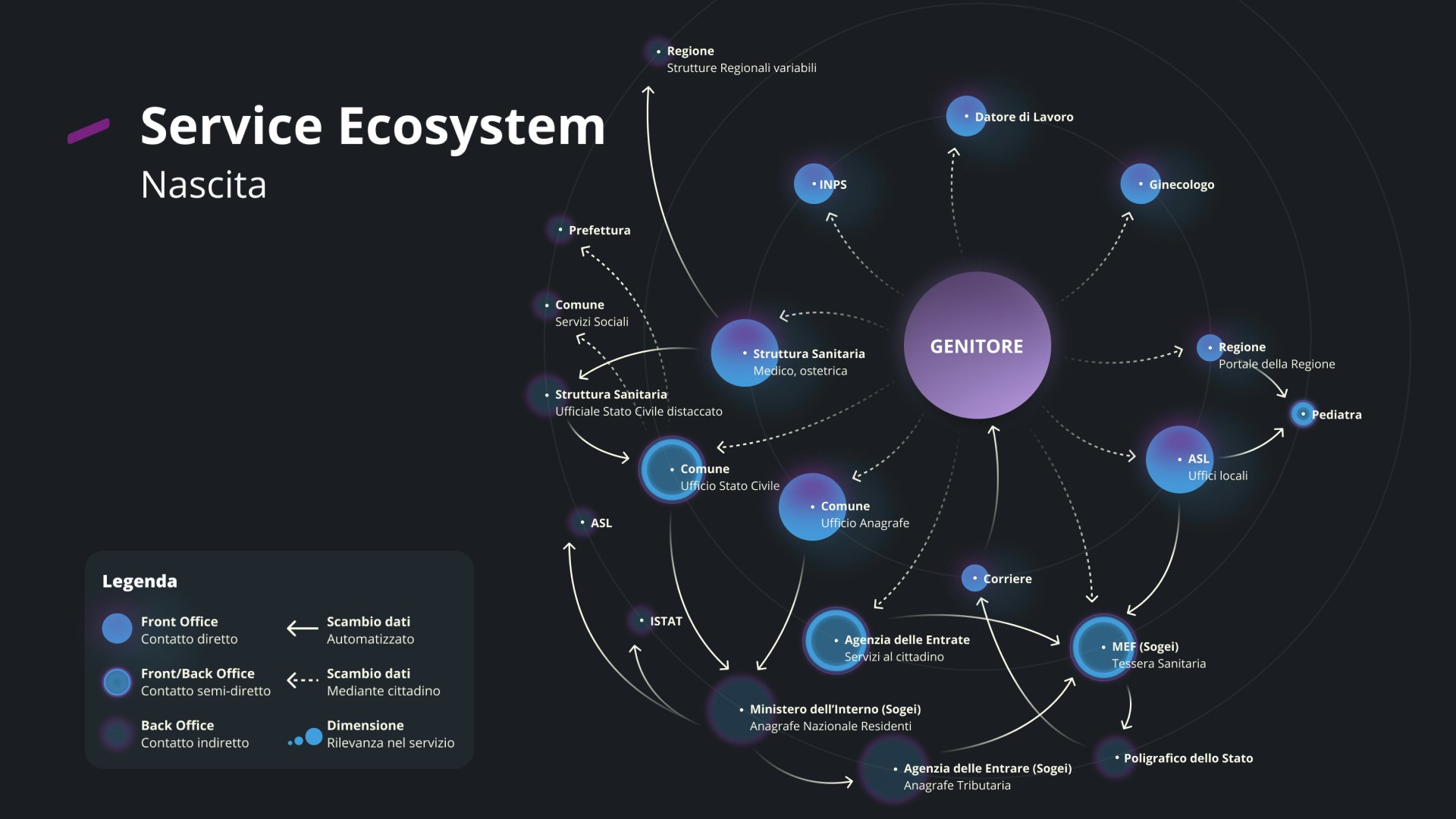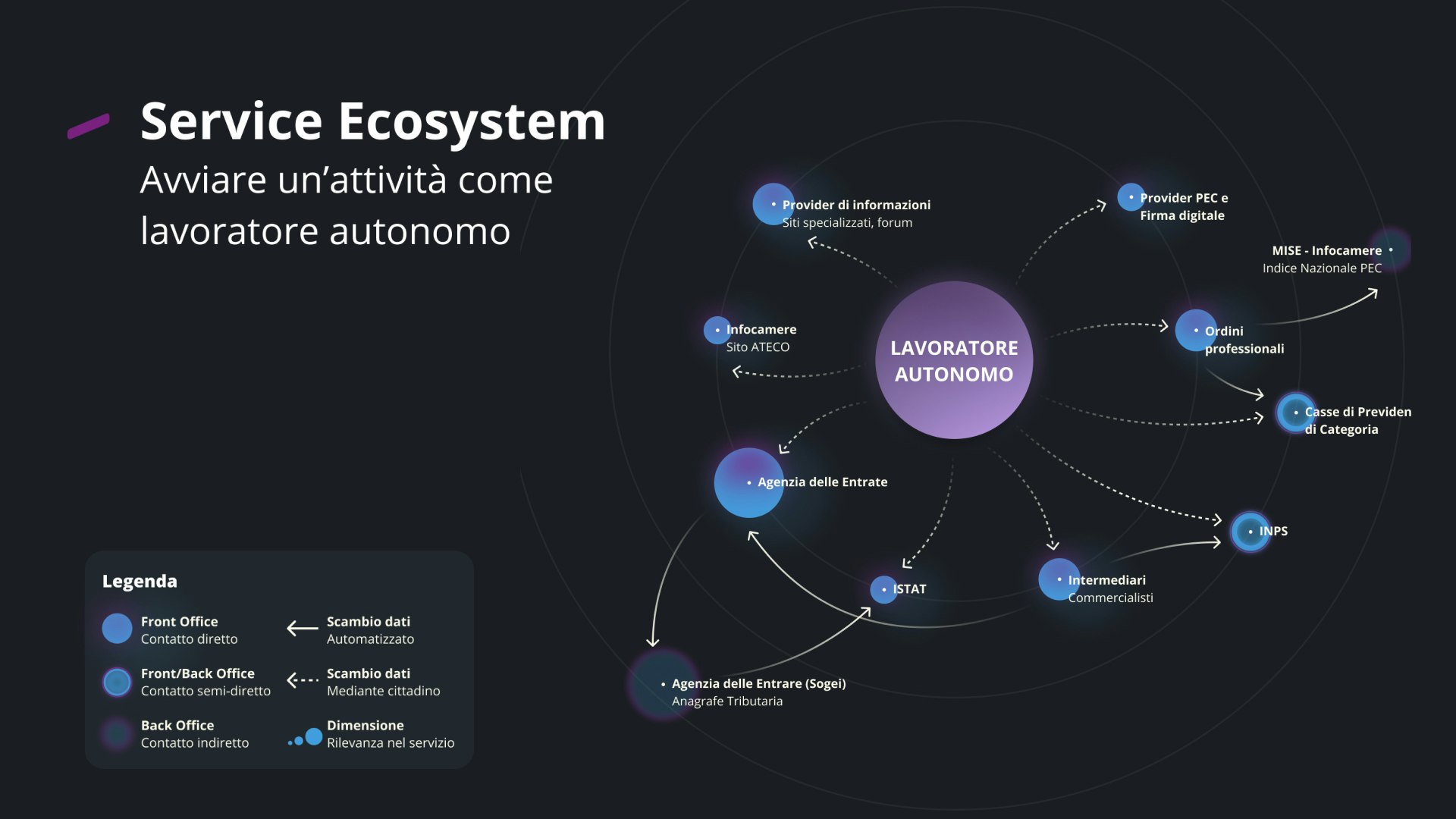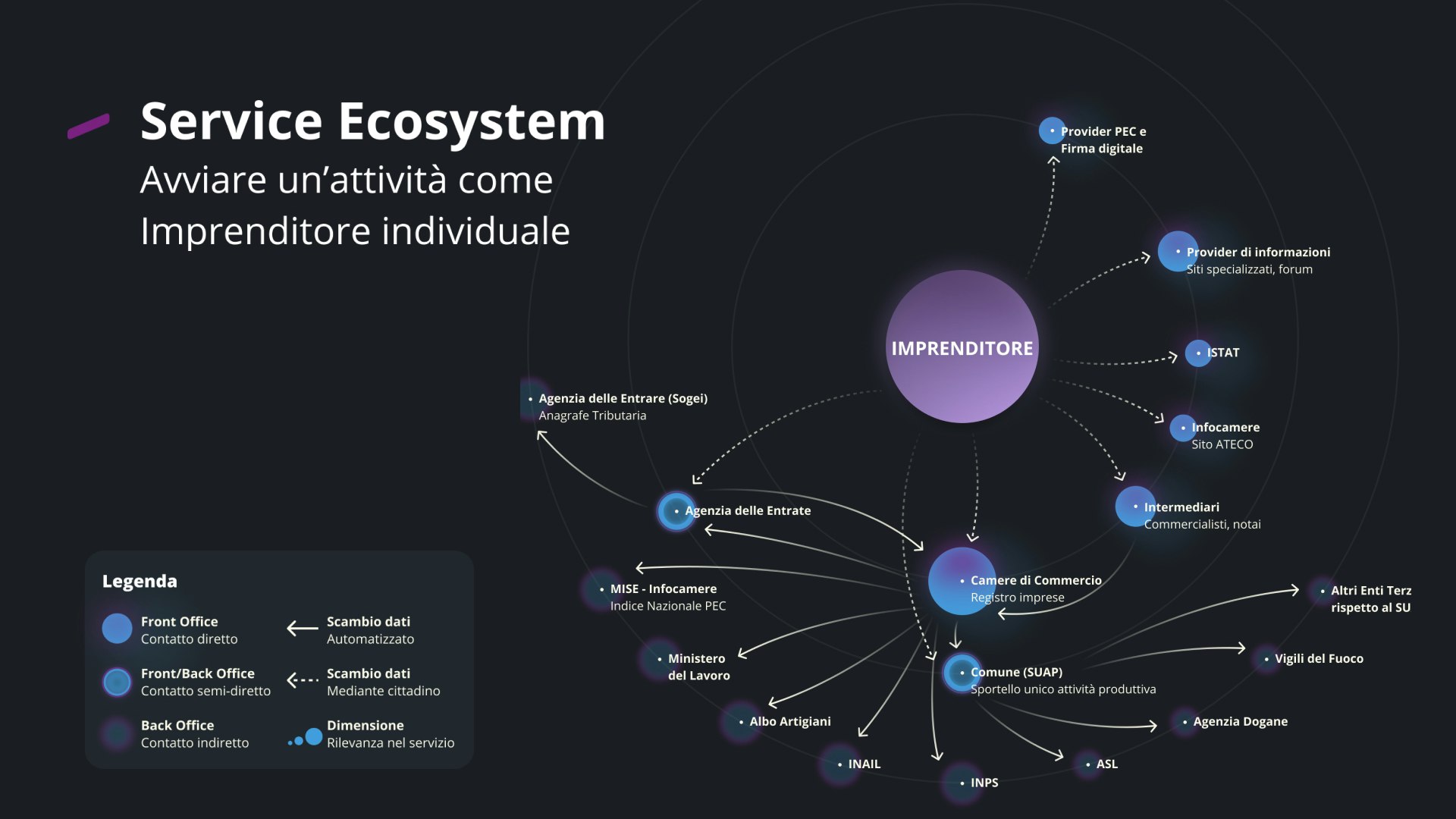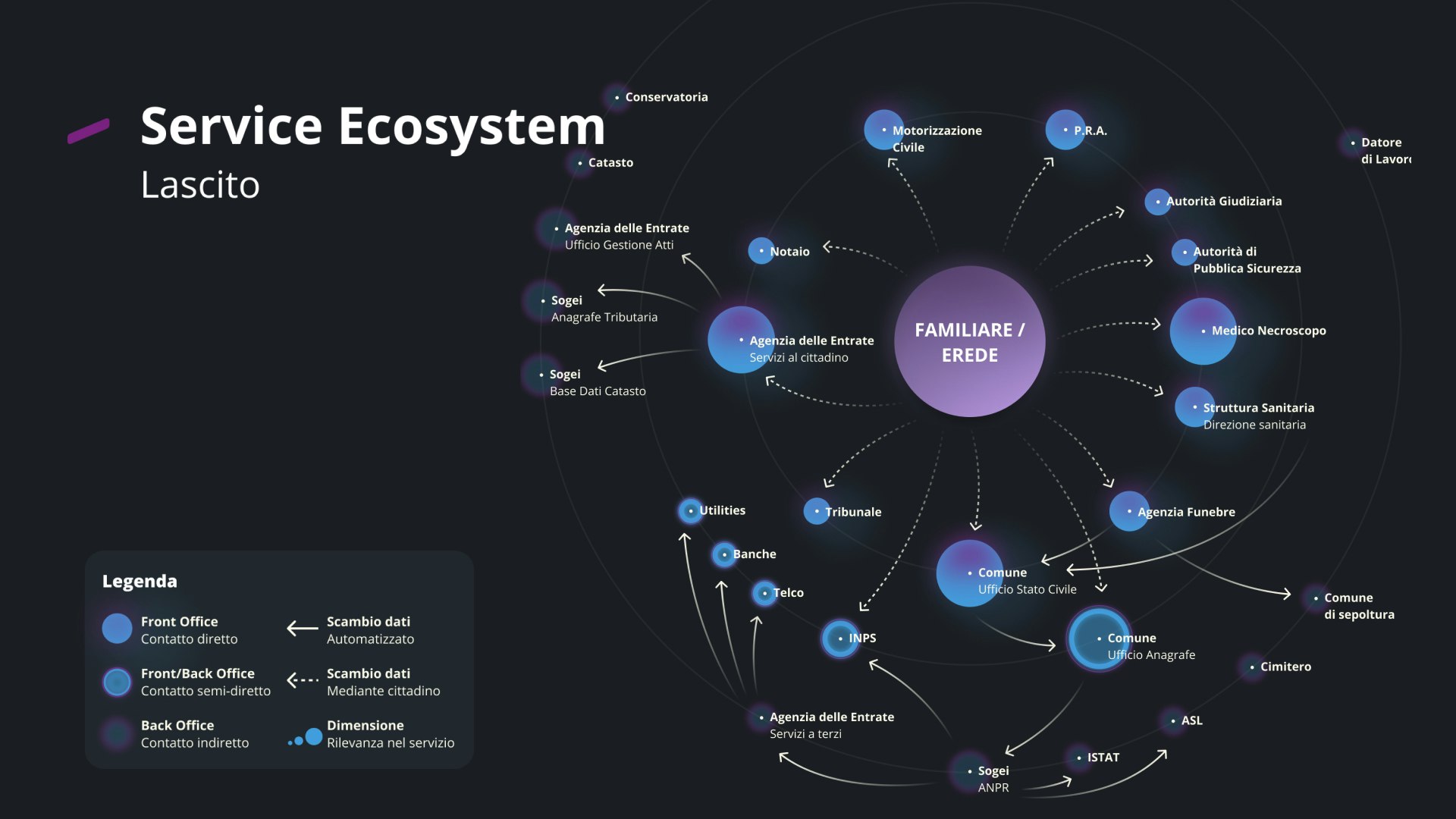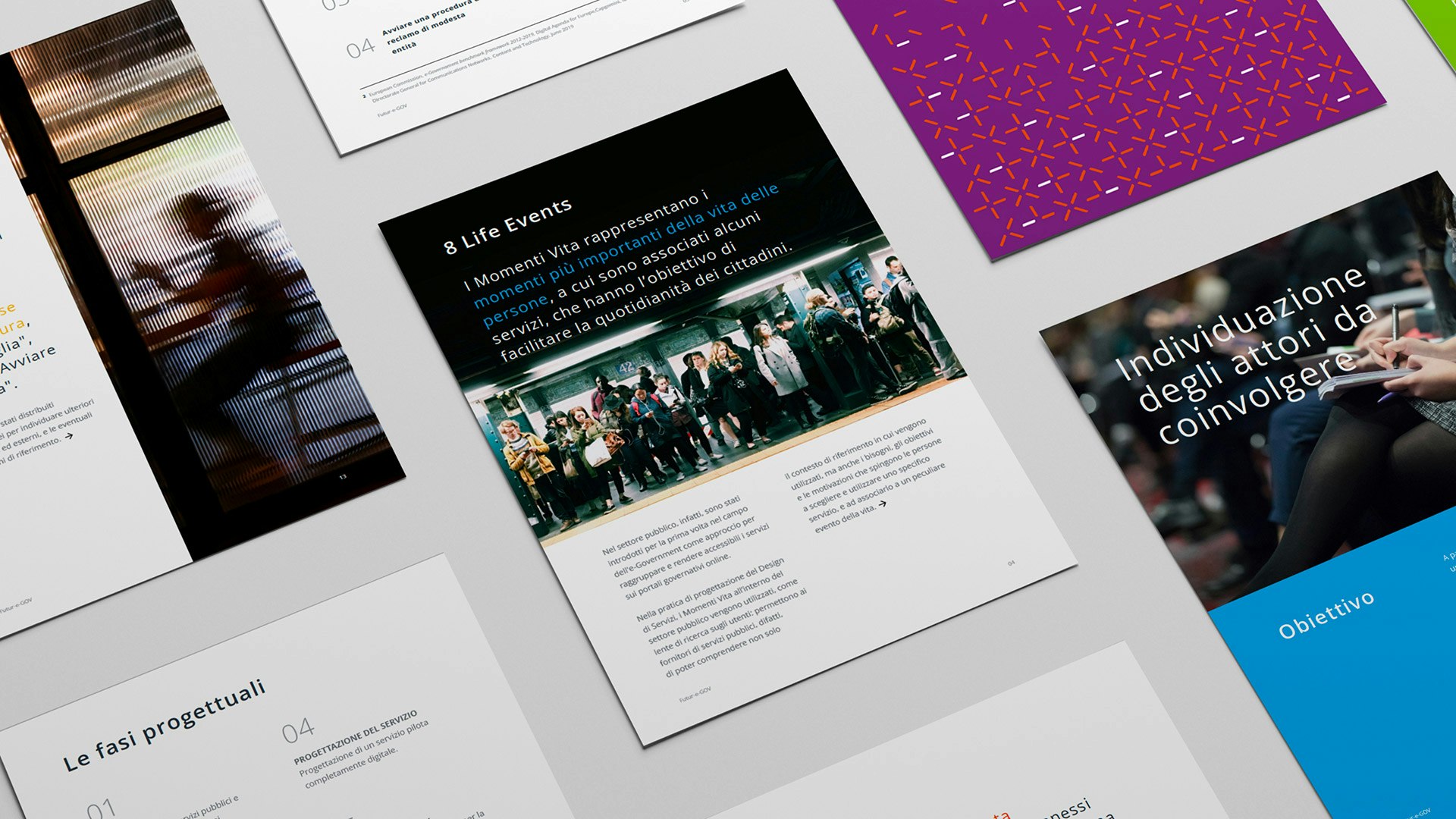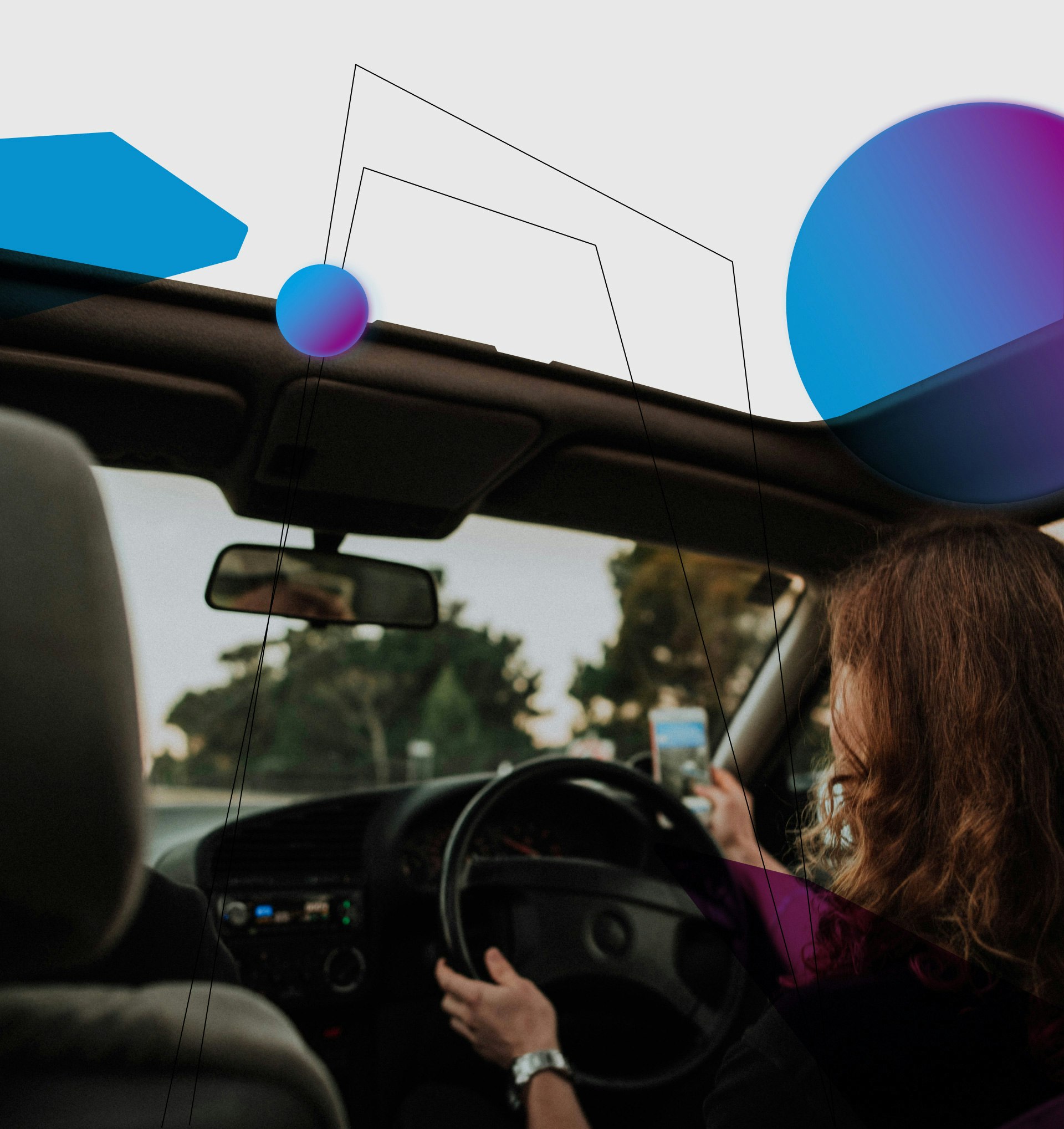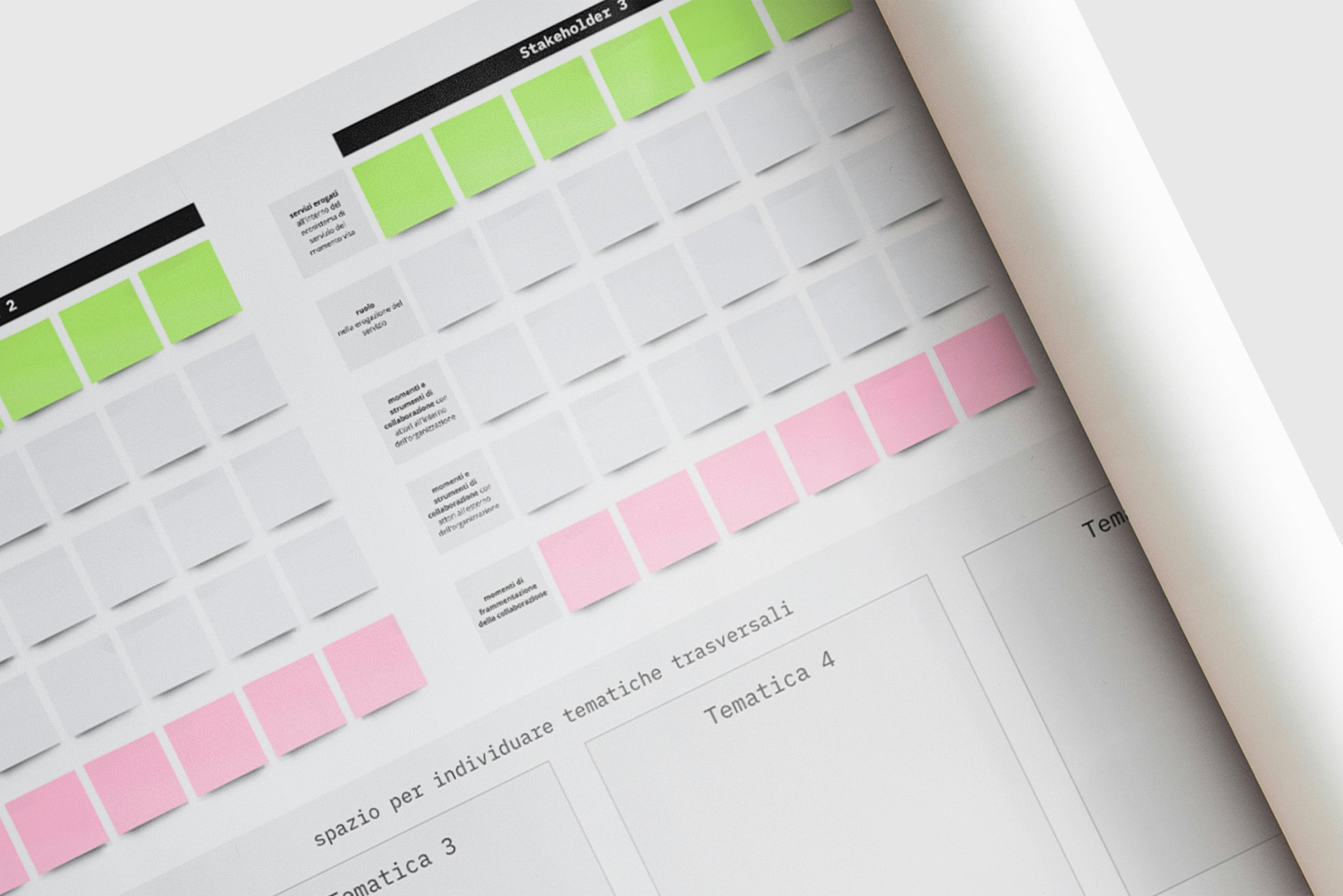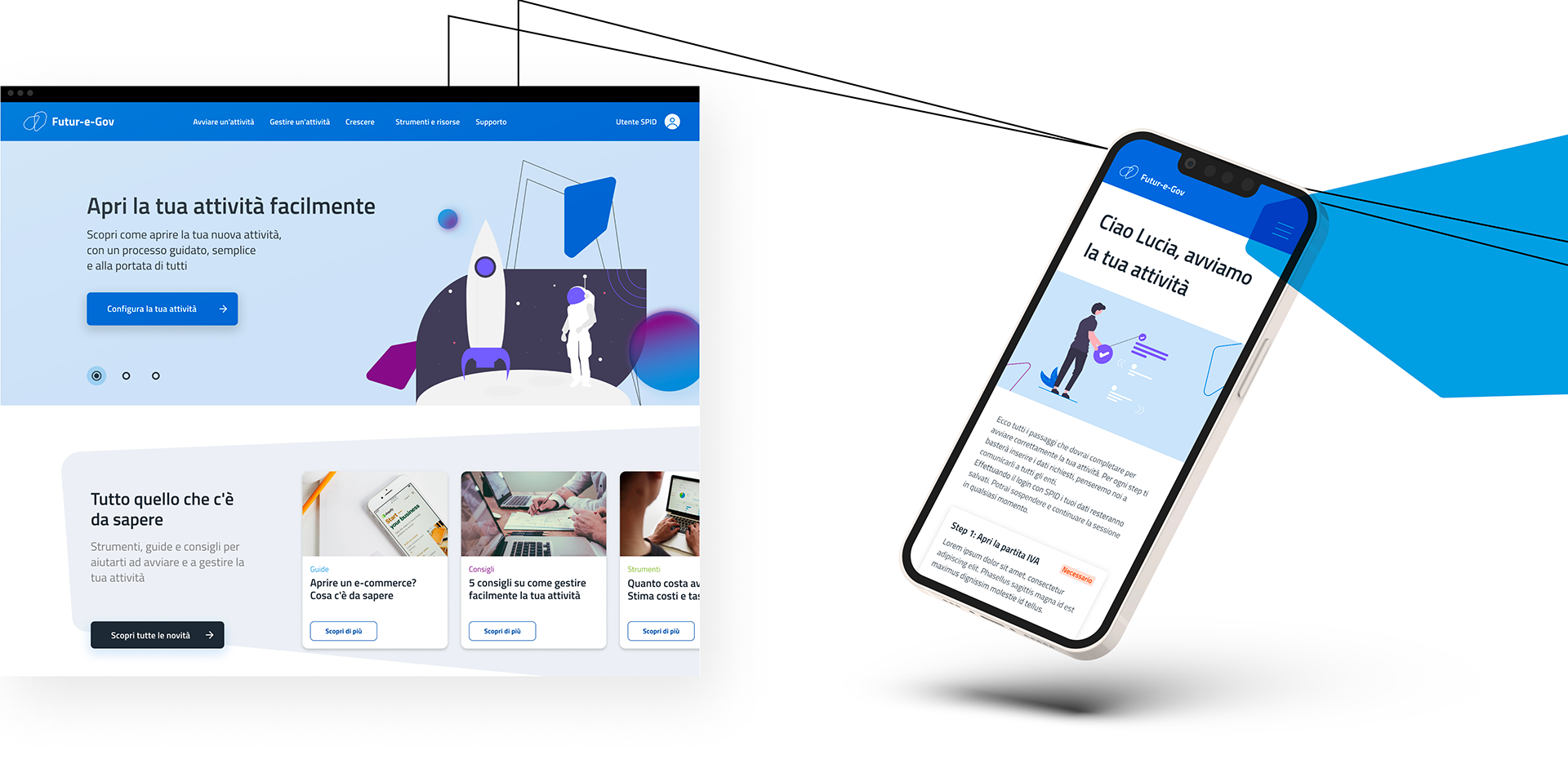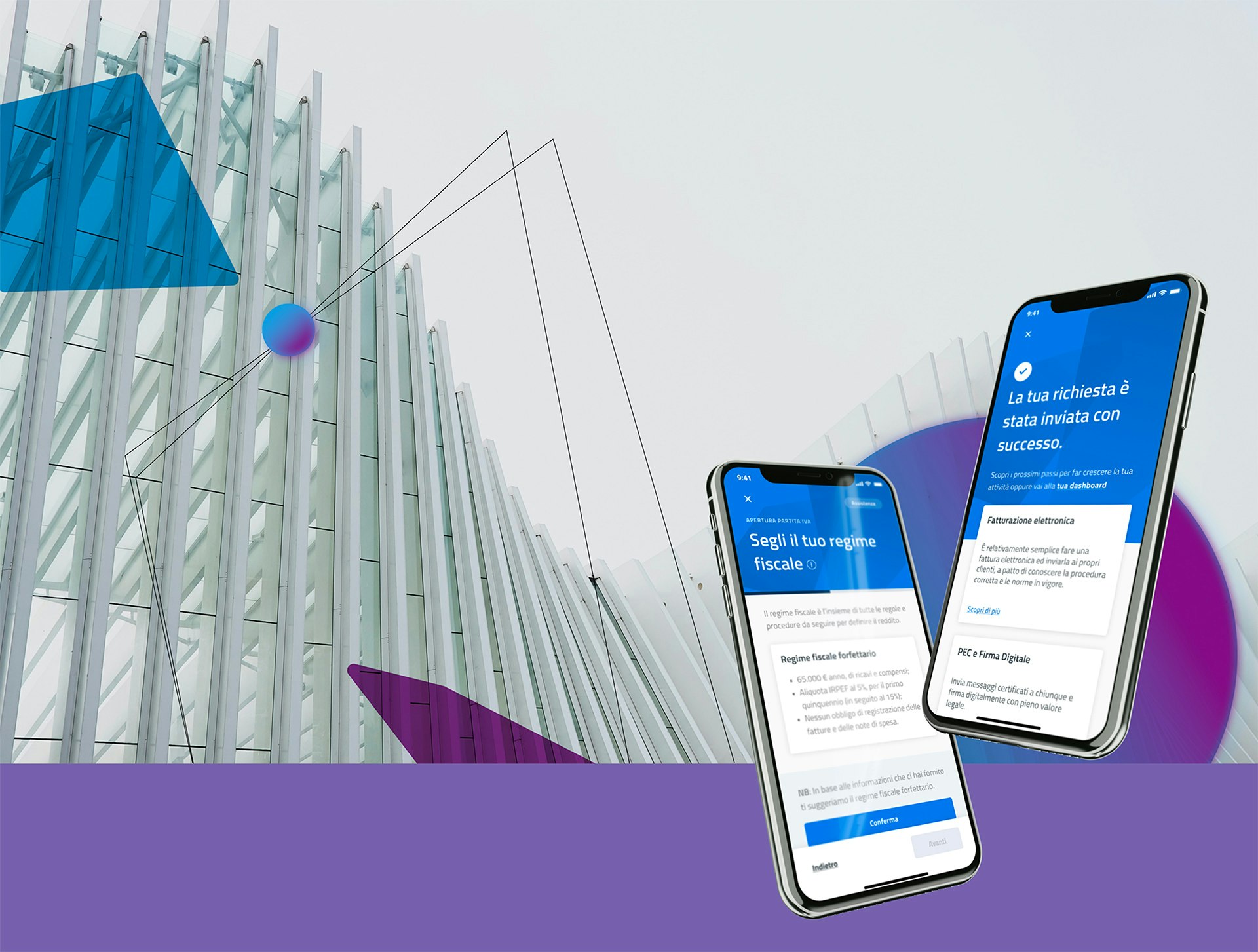e-Government and citizens' Life Events
In Italy, less than 40% of online users actively use e-Government services compared to the EU average of 64% (DESI report 2020). A situation exacerbated by the silos logic of digital public services.
As part of the project, we proposed to Sogei a methodology to improve communication, information and service sharing between public administrations by analysing and mapping citizens' Life Events. We used a design approach based on generating possible scenarios for the future PA while structuring replicable methodological practices for building new services.

